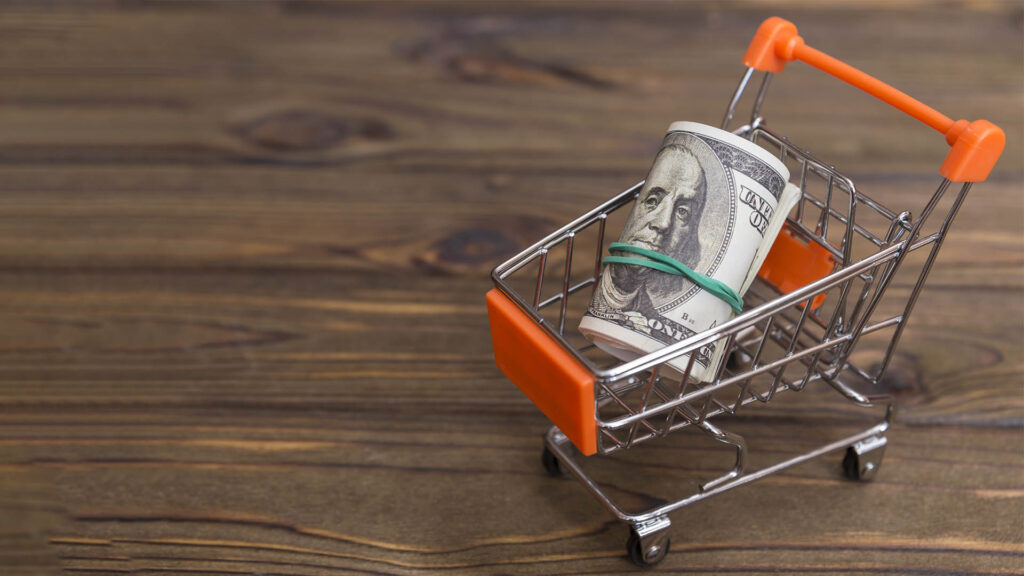After June’s dip, many analysts and economists were worried that US retailing was slowing to a crawl and trimmed their estimates for July sales to a modest 0.3% rise.
In fact, that was too modest. US retail sales rose a strong 1% in July, considerably more than anyone had expected and much better than the downwardly revised fall of 0.2% in June (unchanged at first report).
The July increase was the largest in nearly two years and, combined with Walmart’s figures, should have eased investor concerns over a slowdown in consumer spending.
But even as this data was emerging, along with a much stronger lift in second-quarter sales and earnings from the giant Walmart, a couple of economists called for the Fed to cut its key rate by 0.5% next month to help the economy avoid a recession.
The Fed will likely cut rates next month—the retail sales data supports the idea, but it also suggests that a second cut will be deep into 2025.
Household consumption is the backbone of the American economy (and most advanced economies, even China’s). The retail sales data shows it remains solid, despite a slowing job market, elevated interest rates, and still-high but moderating inflation.
Sales were up 2.4% from a year ago, slightly stronger than the 2.2% gain in the year to June.
The automotive sector was responsible for much of the spending jump last month. Sales rose over 3%—about as much as sales fell in June when a cyberattack froze operations for many car dealers.
But consumers spread their dollars around, increasing spending at electronics shops (+2%), supermarkets (+1%), and building material stores (+1%).
Sales fell most in the catch-all category for miscellaneous stores (-2%) and sporting goods retailers (-1%).
And the so-called “control” group that excludes autos (as well as gas and building materials) rose at a solid pace: 0.3% in July, after a 0.9% gain the previous month.
Economists watch this narrower cut of the retail sales data since it feeds into the consumer spending category of the all-important GDP report. That means the third quarter’s household consumption momentum has started strongly.
Raymond James chief economist Eugenio Alemán wrote in a note, “The market overreaction several weeks ago is not supported by economic conditions from the largest sector of the economy, the U.S. consumer.”
